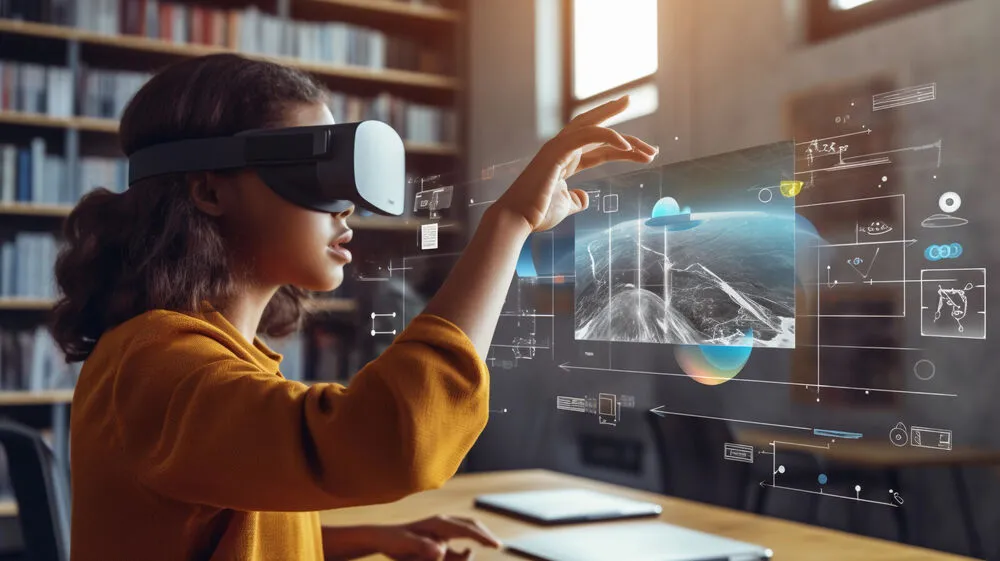Key Takeaways
- Architectural firms are leveraging virtual collaboration tools to enhance productivity and foster creativity.
- Virtual Reality and 3D modeling software are pivotal in streamlining project workflows.
- Remote working strategies have transformed team dynamics and client interactions.
- Data security and effective communication platforms are crucial for successful virtual collaboration.
- Investment in technology and training remains essential for staying competitive in the industry.
Adopting New Technologies
Architectural firms have always been at the forefront of innovation, and 2024 is no different. Real-time collaboration software enables teams to work seamlessly across various locations and time zones. This integration allows architects to access shared resources, annotate designs virtually, and engage in discussions without the limitations of physical presence.
By adopting these technologies, architectural practices can ensure that their projects are completed on time and meet the highest quality standards. Furthermore, these tools facilitate a dynamic and interactive workflow, fostering creativity and innovation within the team.
Virtual Reality and 3D Modeling
Virtual Reality (VR) and 3D Modeling have revolutionized architectural collaboration by allowing professionals to create immersive visual experiences that bring designs to life in ways traditional blueprints cannot. These tools enhance creativity by providing a realistic visualization of concepts and significantly reduce the likelihood of errors during the construction phase. Leading firms like https://forumphi.com/our-team/ have made integrating advanced technologies a cornerstone of their work. Furthermore, VR and 3D Modeling enable architects to conduct virtual walkthroughs of their designs before construction begins. This capability is invaluable for spotting potential issues and making adjustments in the planning phase, which is far more cost-effective than making changes during construction. As these technologies continue to advance, their applications in architecture will expand, offering more advanced tools for visualizing and manipulating design elements in real-time.
Remote Work Strategies
The transition to working remotely has dramatically changed how architectural companies operate. Effective strategies are essential to maintain productivity and ensure team members remain engaged. Shared digital workspaces and project management software have become staples in this new era. This involves fostering an environment where remote work is not just an option but an integrated part of the firm’s operations. For instance, setting clear communication guidelines and establishing expectations for response times can mitigate the challenges of asynchronous communication.
Revamping Client Interactions
In 2024, client interactions have evolved to be more dynamic and engaging. Architectural firms now use video conferencing, virtual project tours, and interactive digital presentations to keep clients informed and involved throughout the project lifecycle. This change fosters trust and guarantees client satisfaction with the development and course of their projects. Customers can virtually explore their upcoming spaces, inquire in real-time, and give instant feedback, enhancing collaboration and transparency in the design process.
Moreover, these tools allow for more frequent and flexible client meetings, which can be scheduled to accommodate different time zones and busy schedules. This level of engagement and flexibility helps build stronger client relationships and leads to higher levels of satisfaction and approval. Ultimately, employing such technologies elevates the client experience, making them feel more connected and invested in the outcome.
Effective Communication Tools
Clear and consistent communication forms the foundation of successful virtual collaboration. Features like real-time messaging, video calls, and file sharing make it easy for teams to collaborate effectively, regardless of physical location.
Additionally, using shared digital whiteboards such as Miro can enhance brainstorming sessions by allowing team members to visualize ideas and collaborate on design concepts interactively. Setting up dedicated channels for different projects or departments can also help organize communication and ensure that relevant information is easily accessible.
Investing in Employee Training
Continuous employee training is non-negotiable in making the most of virtual collaboration tools. Keeping staff updated with the latest software and collaboration techniques is crucial for a firm’s competitive edge. Regular workshops, webinars, and hands-on training sessions can help staff adapt to new technologies effectively, ensuring optimum productivity and innovation. Training should encompass the technical aspects of utilizing the latest tools and best practices for virtual collaboration.
Investing in employee training demonstrates a firm’s commitment to professional development, which can boost morale and job satisfaction. It also enables firms to maximize the return on their technology investments by ensuring that employees can fully utilize all available features.
Future Trends in Virtual Collaboration
The future of virtual collaboration in architecture is bright, with numerous innovative trends on the horizon. Augmented Reality (AR), AI-driven design tools, and blockchain technology for project management are poised to revolutionize the industry further. AR can provide more immersive client presentations, while AI can assist in optimizing design processes and identifying potential design flaws early on. Blockchain technology offers increased transparency and security in project management by providing all stakeholders with access to a single, reliable source of information.
It will be crucial for companies aiming to innovate and succeed in a quickly evolving environment to stay ahead of these trends. Businesses must remain vigilant about new technologies and be open to trying new tools and methods. By embracing innovation and staying forward-thinking, architectural firms can continue delivering top-notch designs and excellent client experiences.
